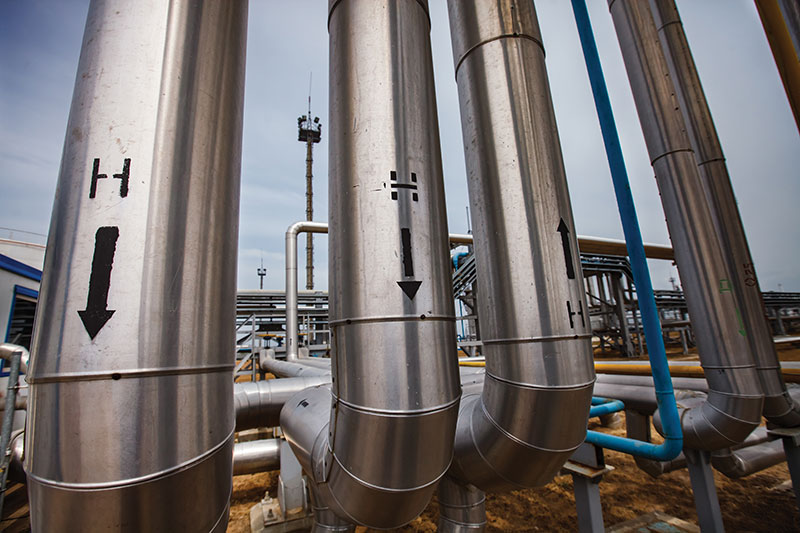European Hydrogen Backbone: How a Dedicated Hydrogen Infrastructure Can be Created
By Anthony Wang, Kees van der Leun, Daan Peters, and Maud Buseman
In the transition to a net zero-emission EU energy system, hydrogen and biomethane will play a major role in a smart combination with renewable electricity, using Europe’s well-developed existing energy infrastructure. For hydrogen to develop to its full potential, there must be a tangible perspective towards developing a well-connected European hydrogen market over time.

A rapid scale up of renewable power for direct electricity demand will also provide a basis for renewable green hydrogen supply, especially from the late 2020s onwards.
In the medium to long term, most hydrogen will be renewable hydrogen. Yet before cheap renewable electricity has scaled up sufficiently, low carbon blue hydrogen will be useful to accelerate decarbonization from the mid-2020s onwards. This low carbon hydrogen will partly be based on applying CCS to existing grey hydrogen production at industrial clusters.
Large-scale hydrogen consumption will require a well-developed hydrogen transport infrastructure. This paper presents the European Hydrogen Backbone (EHB): a vision for a truly European undertaking, connecting hydrogen supply and demand from north to south and west to east. Analyzing this for ten European countries (Germany, France, Italy, Spain, the Netherlands, Belgium, Czech Republic, Denmark,
Sweden and Switzerland), we see a network gradually emerging from the mid-2020s onwards. This leads to an initial 6,800 km (4,225 mi) pipeline network by 2030, connecting hydrogen valleys. The planning for this first phase should start in the early 2020s. In a second and third phase, the infrastructure further expands by 2035 and stretches into all directions by 2040 with a length almost 23,000 km. Likely additional routes through countries not (yet) covered by the EHB initiative are included as dotted lines in the 2040 map. Further network development is expected up to 2050. Ultimately, two parallel gas transport networks will emerge: a dedicated hydrogen and a dedicated (bio)methane network. The hydrogen backbone as presented in this paper will transport hydrogen produced from (offshore) wind and solar-PV within Europe and also allows for hydrogen imports from outside Europe.
To see the full report, click here.
Related News
Related News

- Freeport LNG Plant Runs Near Zero Consumption for Fifth Day
- Biden Administration Buys Oil for Emergency Reserve Above Target Price
- Mexico Seizes Air Liquide's Hydrogen Plant at Pemex Refinery
- Kinder Morgan Declares Force Majeure on West Texas Gas Pipeline After Fire
- Enbridge Picks Contractors for Great Lakes Tunnel Project, Securing Line 5 Pipeline Route
- Pipeline Hydro Test Pressure Determination
- Venezuela Proposes Alternative Payment Plan as Weak Bids Surface in Citgo Auction
- Baker Hughes Wins Contract for Huge Aramco Gas Expansion Project
- Japan Looks at Developing Domestic Pipelines Sector
- Enbridge Picks Contractors for Great Lakes Tunnel Project, Securing Line 5 Pipeline Route




Comments